As summer comes, many residents find that yellow clothes are more likely to attract small flying bugs.
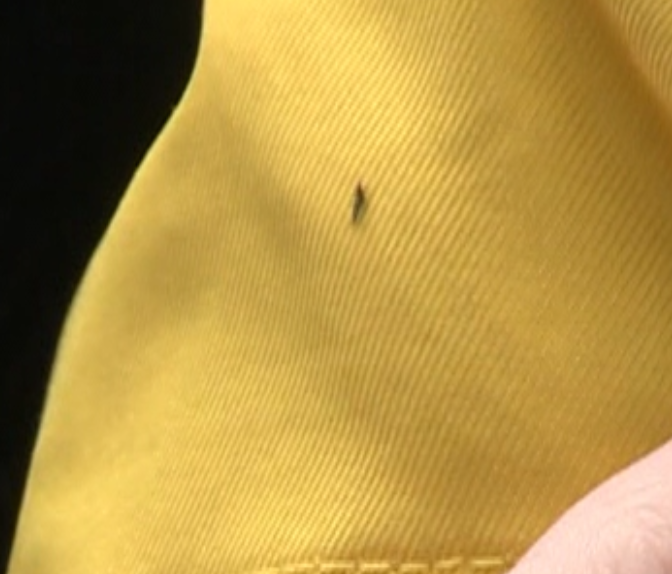
This is due to the taxis of insects. Taxis is the movement of insects towards or away from a stimulus. Simply put, the insect will fly in the direction of the environment that attracts it, such as temperature, light, chemicals, etc. Therefore, the bugs may possess positive or negative phototaxis, thermotaxis, chemotaxis, and so on.
Various pests such as aphid, thrip, smaller green leafhopper, whitefly, and tobacco whitefly are all sensitive to yellow and show strong taxis to yellow color.
Are these little bugs harmful to people?
Aphid and thrip are the most common insects that are attracted to yellow color. If you are in bright yellow and go to a place with a high concentration of aphids or thrips, your clothes will soon be covered with these flies.
However, you can rest assured because aphids and thrips won’t bite or parasitize humans, except for some species of thrips secreting an acidic fluid that makes human itchy. If being bitten, people can apply some essential balm to help relieve itching.
How to get rid of bugs in the summer?
Centipedes
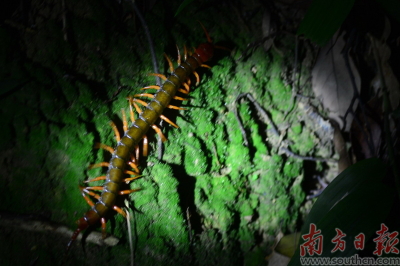
Centipede bites usually cause partial reactions of severe pain and itching, and systemic symptoms of headache, fever, nausea and vomiting, convulsions, and coma. A bite from a large centipede may even lead to partial tissue necrosis.
【Solutions】
Seek medical treatment immediately. If not, rinse the wound with an alkaline liquid such as soapy water, lime water, and baking soda water to neutralize the acid venom of centipedes, and then bandage the wound. Do not rinse the wound with iodine or disinfectant.
Ticks
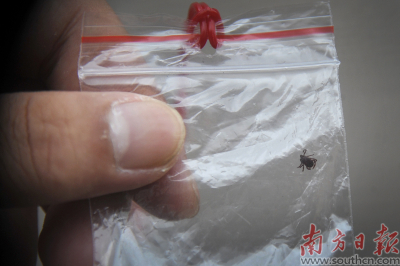
The period from April to October is an active period for ticks. Ticks bury their heads under the human skin to suck blood and secrete harmful substances. If not removed in time, it can cause skin diseases in mild cases and can even be lethal in severe cases.
【Solutions】
If you find a tick on your body, don't remove it forcibly. Otherwise, it can penetrate your skin with its hypostome. Rinse the wound with alcohol and remove the tick with tweezers. If it is not completely removed, please go to a doctor immediately. The symptoms of a tick bite may have an incubation period of one to two weeks, during which further observation and treatment are required.
Leeches
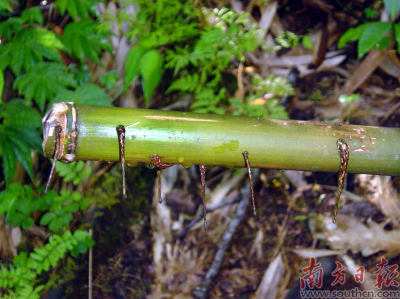
The leech sucker attaches itself to human skin to suck blood. People who suffer from leech bites often develop edematous papules, which is painless.
【Solutions】
When the leech adheres to human skin, do not yank it off. Otherwise, the leech will leave its sucker attached to your body and cause infection. People can use hand palm or shoe sole to slap it, or rinse the wound with vinegar or normal saline. Later, the sucker and jaws of the leech will be removed.
Mites
After mites bite the human body, skin lesions may manifest as erythema annulare, papules, or papulovesicle, with a pinpoint-sized rash in the center, wheals of different sizes, and small blisters at the top, often accompanied by scratches and scabs, and even some pustules due to secondary infection.
【Solutions】
Antihistamines can be taken orally and detoxification liniment can be applied externally. Antibiotics can be applied when there is a secondary infection. Keep the room well ventilated, dry straw mats and bedding with sunlight, and avoid close contact with pets, such as cats and dogs.
Mosquitoes
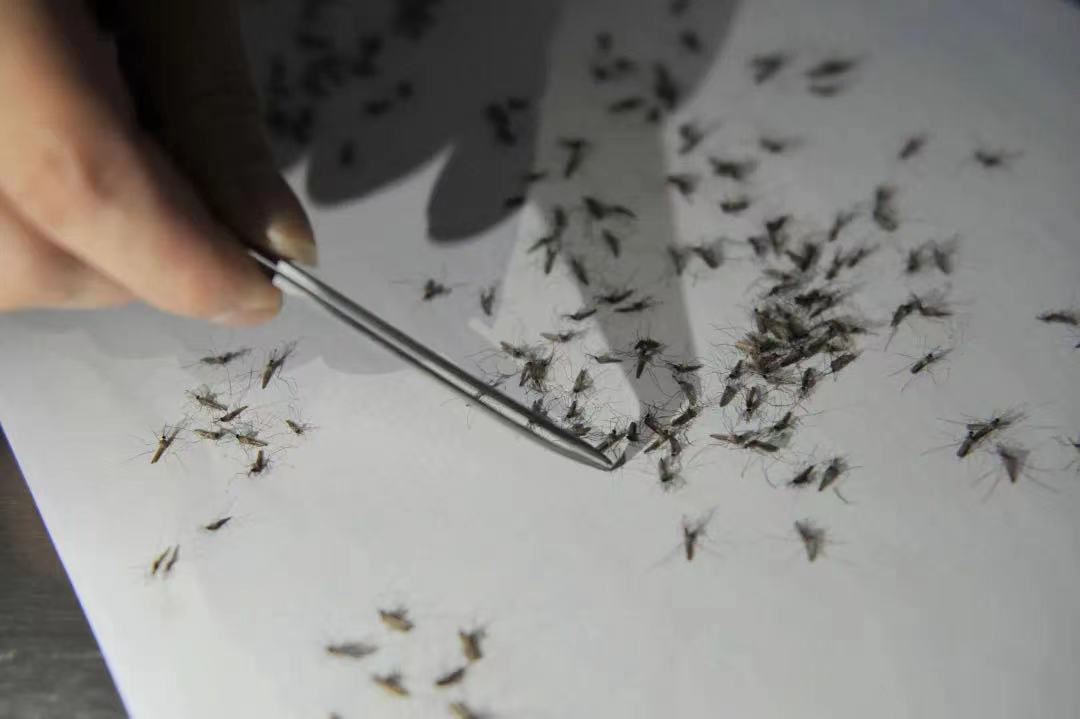
(Photo: Nanfang Daily)
Mosquitoes secrete saliva when biting. The mosquito bites are usually red, swollen, itchy, and painful, and people can even be infected with dengue fever, malaria, encephalitis, and other diseases.
【Solutions】
Apply alkaline soapy water to the wound, or rinse the wound with normal saline to relieve swelling and itching. In addition, people can apply mosquito repellents such as essential balm.
Bees
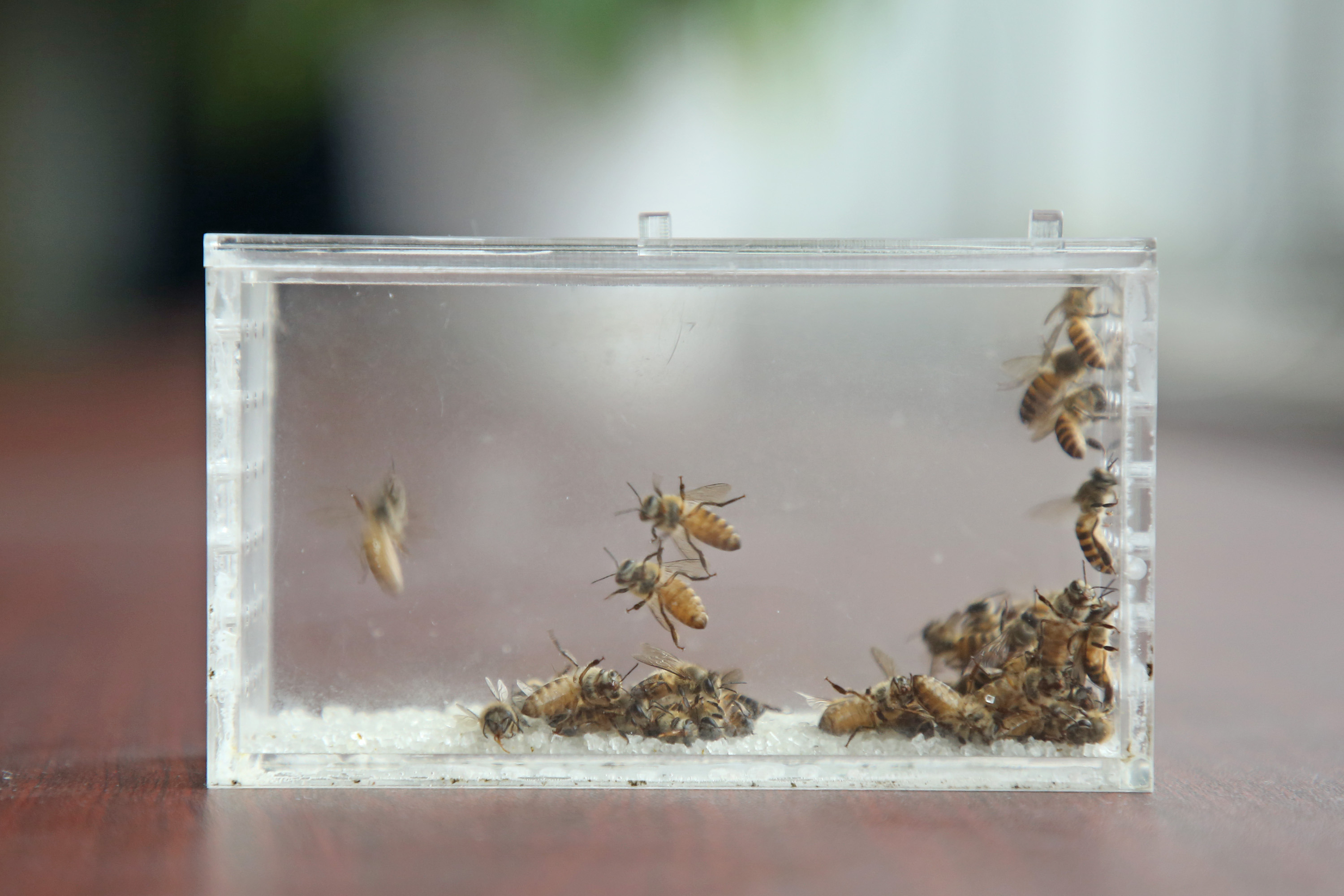
(Photo: Nanfang Daily)
After sting, skin will be painful and itchy, possibly accompanied by allergic reactions and partial inflammatory reactions such as redness, swelling, and fever. If badly stung by bee swarms, people will develop systemic symptoms such as fever, headache, dizziness, nausea, dysphoria, and syncope.
【Solutions】
Remove the stinger with a needle or tweezers, pinch the skin around the wound to squeeze out the bee venom, rinse the wound with an alkaline solution such as soapy water and baking soda, and apply an antidote or glucocorticoid. Ice the wound to reduce swelling, and seek immediate medical attention if a partial or systemic allergic reaction occurs.
Chigger mites
The incubation period of scrub typhus is 4 to 21 days, and the onset is mostly acute. Initially, red papules appeared at the wound, then followed by blisters, dark-brown eschars, and superficial lymph nodes enlargement all over the body. The disease can bring extensive damage to small vessels throughout the body, causing dizziness, headache, nausea and vomiting, abdominal pain and distention, hepatosplenomegaly and hyperemia conjunctiva.
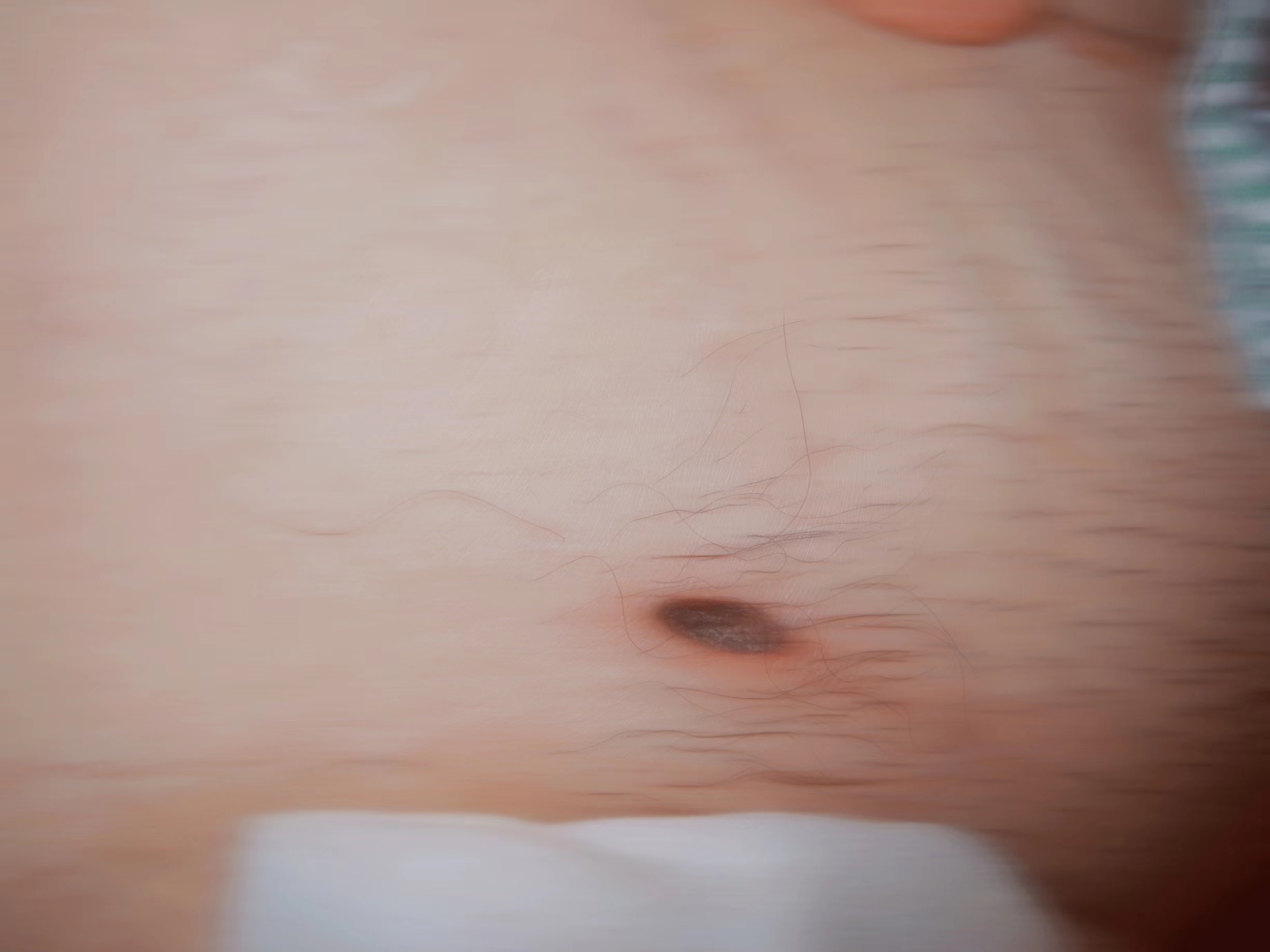
(Photo: Nanfang Daily)
【Solutions】
Avoid sitting and lying on grassland or bushes. After fieldwork, change clothes in a timely manner and wash them separately. Take an early shower, especially pay attention to cleaning the armpits, waist, and perineum. Seek immediate medical attention when suspected symptoms occur.
Rove beetles
The venom in rove beetles is strongly acidic, and it can cause paederus dermatitis. The skin lesions manifest as striped, patchy edematous erythema, with dense papules, blisters, and small pustules on it, and the nearby lymph nodes are often swollen.
【Solutions】
Screen windows should be closed at night, and mosquito nets should be put down when sleeping, so as to prevent poisonous insects from entering. Avoid touching the bugs. If a bug falls on the skin, bounce it off, instead of slapping it on the skin. If bitten, people should take antihistamines orally, and apply detoxification liniments or glucocorticoids externally. Anti-infectives should be used for those with secondary infections.
Solenopsis invicta Buren, or Red imported fire ants (RIFA)
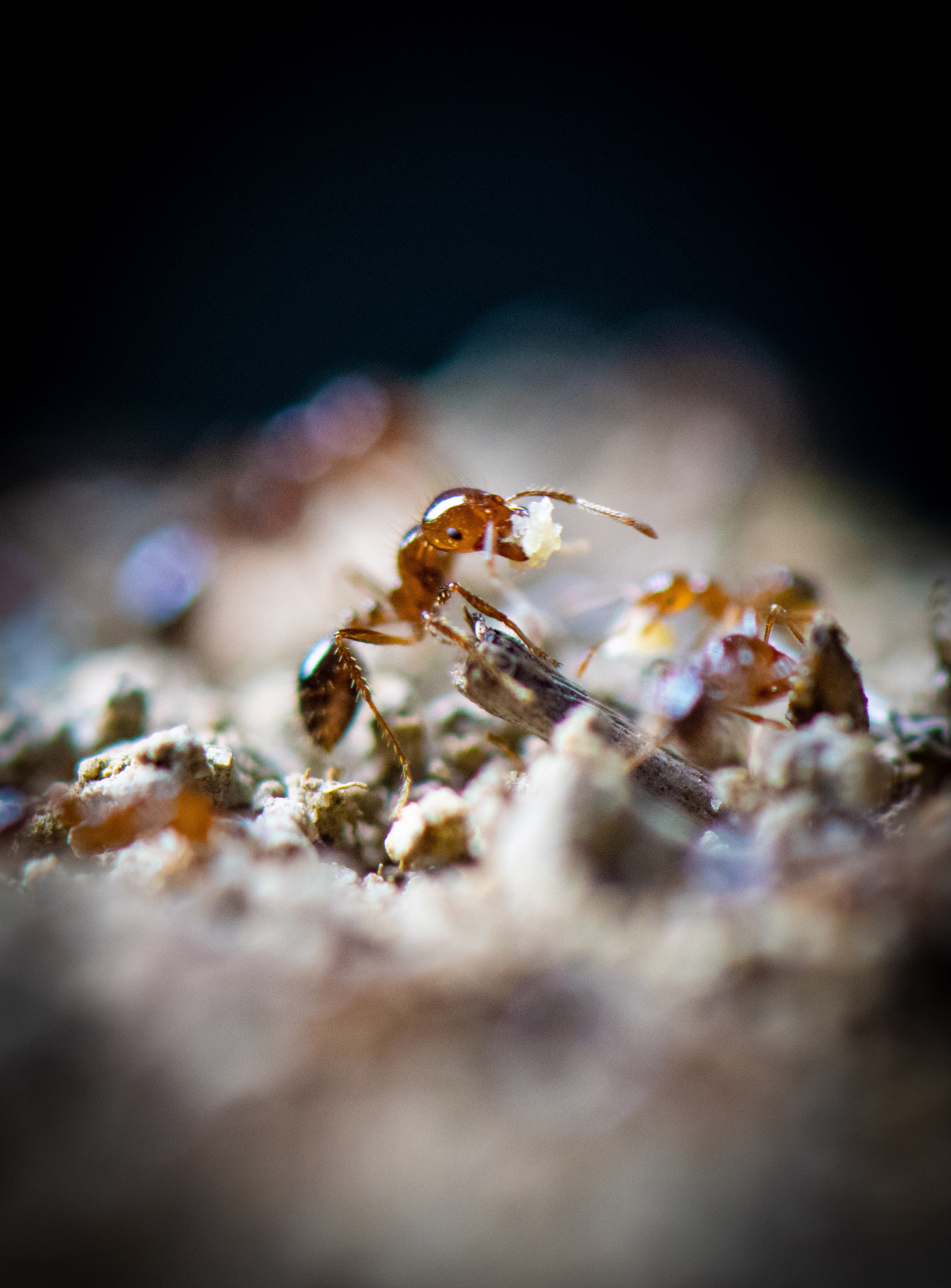
(Photo: Nanfang Daily)
The RIFA can bite people with its upper jaw and sting people with its tail. Once being bitten, people may feel great pain, and people with allergies may even go into shock.
【Solutions】
Do not go barefoot in areas where there are RIFAs. The RIFA venom contains alkaloids, proteins, and various enzymes. In addition to severe pain, it often leads to allergic reactions. If the pustules burst, they may also cause a secondary infection. The best solution is to seek medical attention as soon as possible.
Author | Hannah, Krystal (intern)
Editor | Wing, Olivia, Abby, Jerry
Source | China Science Communication, People's Daily






